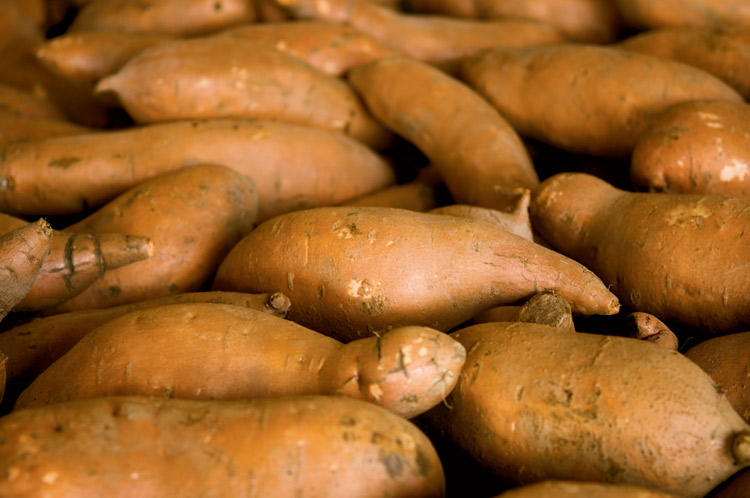Did you think yams and sweet potatoes were the same vegetable? Well, you’re not alone – it’s a fairly common mistake for Americans to refer to certain varieties of sweet potatoes as yams.

Sure, both are angiosperms, or flowering plants, but the similarities stop there. In fact, the yam shares more traits with a daylily than it does with a sweet potato.
Native to Africa and Asia, yams are classified as monocots – plants with only one embryonic seed leaf – and are tubers, along with potatoes.
Sweet potatoes, on the other hand, are dicots – having two embryonic seed leaves – and, like carrots, are storage roots. They fall into two categories: “firm” and “soft.” Firm sweet potatoes remain hard when cooked and were produced long before the soft variety, which becomes soft and moist after cooking.
Here are a few more farm facts to digest:
- Orange-fleshed sweet potatoes are very rich in Vitamin A (beta carotene), while yams don’t contain any.
- Typically only found at international markets, true yams have white flesh and are starchier and drier than sweet potatoes.
- Members of the morning glory family, sweet potatoes originated in Central and South America.
- Around 95 percent of the 600 varieties of yams worldwide are grown in Africa.
- The U.S. Department of Agriculture requires labels with the misnomer “yam” to be accompanied with the term “sweet potato.”